7 Minutes
A Seminal Moment in Marvel’s Cinematic Evolution
When it comes to superhero cinema, few films have a legacy as debated—and as misunderstood—as Fantastic Four: Rise of the Silver Surfer. Released in 2007 as a sequel to Tim Story’s 2005 Fantastic Four, the film may not have satisfied every die-hard comic book fan, but it did leave a memorable mark on the genre by capturing the enigmatic essence of one of Marvel’s most iconic cosmic characters: the Silver Surfer. Despite mixed critical reception, the movie elevated its franchise, embraced the cosmic weirdness of the comics, and set standards for character adaptation in the superhero movie universe.
The Box Office and the Road to a Sequel
Though the original Fantastic Four film was met with lukewarm reactions from critics and comic enthusiasts alike, its respectable box office performance paved the way for a sequel. By the time Fantastic Four: Rise of the Silver Surfer hit theaters, audiences hoped for—and filmmakers delivered—a story that leaned further into Marvel’s spectacular, cosmic roots. Instead of sticking with safe superhero tropes, the sequel dared to bring together character-driven storytelling, groundbreaking visual effects, and a sense of cosmic scale rarely seen on screen at that point.
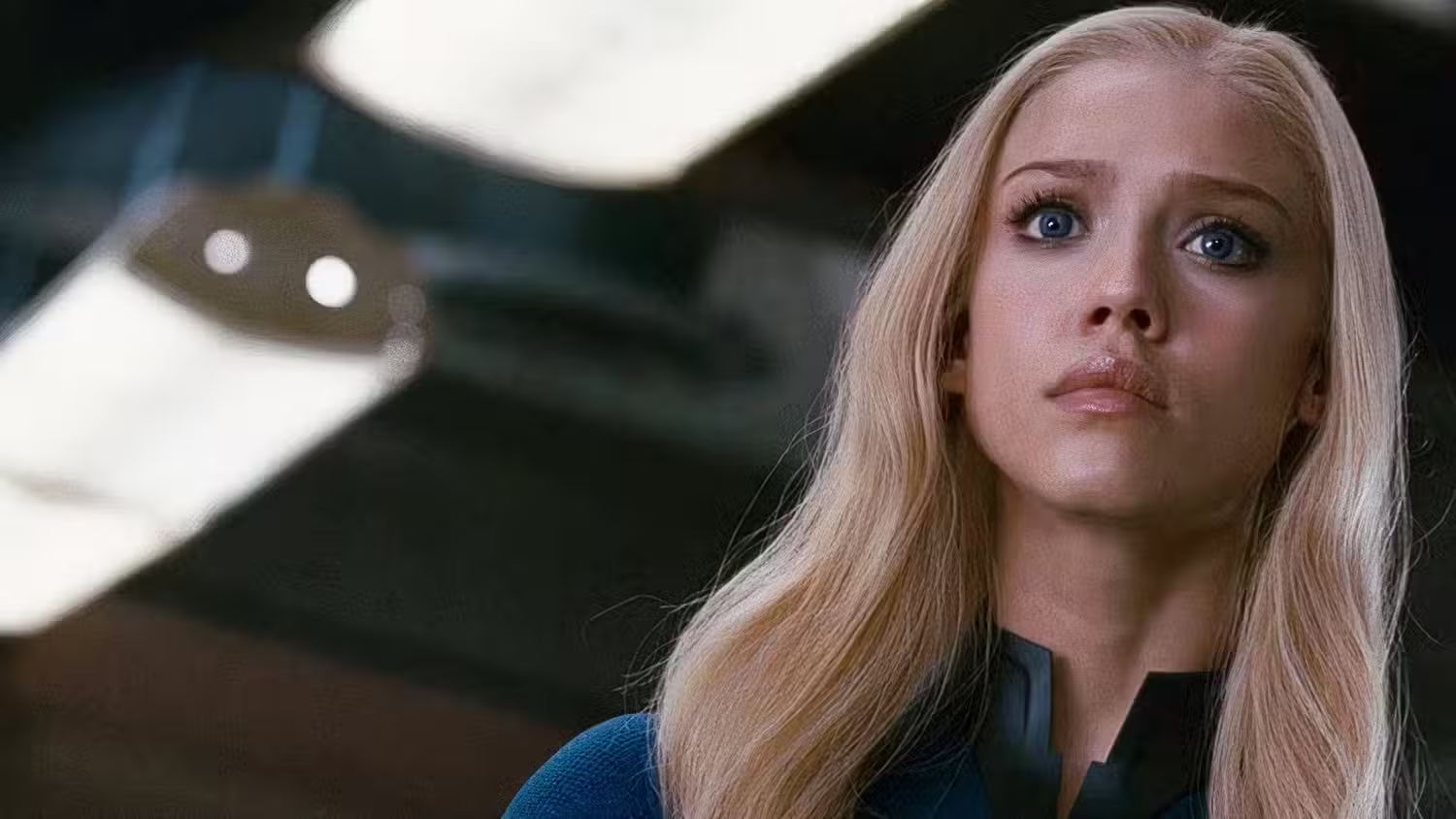
Plot Summary: Cosmic Intrigue and Family Ties
Set shortly after the Four’s defeat of their formidable adversary, Dr. Victor Von Doom (brilliantly portrayed by Julian McMahon), the narrative centers on Reed Richards (Ioan Gruffudd) and Sue Storm (Jessica Alba) as they attempt to start a family and consider a life beyond superheroics. Their hopes are derailed, however, when Earth is imperiled by a series of cataclysmic events orchestrated by the mysterious Silver Surfer. As Ben Grimm (Michael Chiklis) and Johnny Storm (Chris Evans) struggle with their own reactions to the possibility of the group’s disbandment, a global threat reshapes their plans, forcing the team to reunite—both as superheroes and as a surrogate family.
The Silver Surfer’s Story: More than a Cosmic Threat
Where this film truly shines is in its treatment of the Silver Surfer. Rather than making him a one-dimensional villain, the script delves deep into his internal struggle. The Surfer isn’t just an instrument of destruction; he’s a cosmic herald tormented by his role in Galactus’s path of devastation but searching for redemption. His interactions with Sue Storm, in particular, hint at a profound empathy and understanding, distinguishing him from typical antagonists of the era.
Cast and Performances: Bringing the Surfer to Life
Laurence Fishburne and Doug Jones: A Dynamic Duo
The portrayal of the Silver Surfer stands as a masterclass in collaborative performance. Doug Jones, celebrated for his physical performances in genre classics like "Hellboy" and "Pan’s Labyrinth", inhabited the Surfer’s haunting, metallic presence, infusing each movement with elegant stoicism and tragic grace. Laurence Fishburne’s soulful, resonant voice completed the character, imbuing him with depth and gravitas. This partnership delivered a Silver Surfer that honors the character’s comic origins and elevates him as one of Marvel’s most compelling cinematic figures.
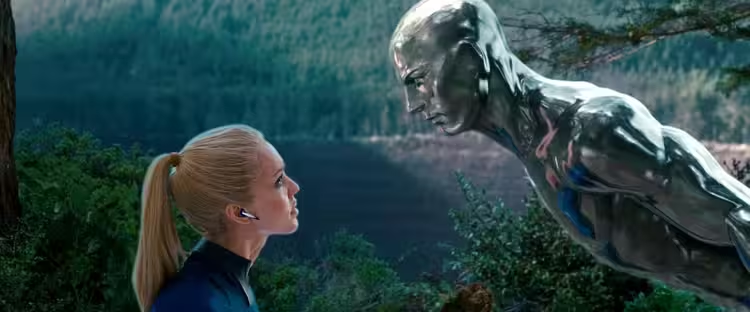
The Core Four: Consistency and Chemistry
Returning cast members Gruffudd, Alba, Chiklis, and Evans effortlessly slipped back into their roles. Their genuine chemistry made the team’s dynamics—bickering, banter, and deep care—believable. Their struggles with everyday aspirations, romance, and the responsibilities of power anchored the film amid its cosmic spectacle.
Production and Visual Effects: Embracing the Cosmic Aesthetic
From a production standpoint, Rise of the Silver Surfer took a bold leap in design and effects. The opening sequence—a breathtaking journey of the Surfer streaking across the globe—signals the film’s commitment to spectacle. The visual rendering of the Surfer, his surfboard, and the planet-consuming Galactus remains visually striking, effectively conveying the otherworldliness central to the original Stan Lee and Jack Kirby comics.
Blending Science Fiction with Superhero Drama
Where the first film relied heavily on scientific explanations for the Four’s origins, the sequel fully embraced the weird, the cosmic, and the unexplained. This decision allowed the filmmakers to explore themes of destiny, responsibility, and sacrifice—not just for the team, but for the fate of Earth itself.
Critical Reception: Divisive, Yet Influential
On release, critics were split. Some praised the movie’s lighter tone, visual innovation, and faithful adaptation of the Silver Surfer, while others felt its plot was thin and that stakes were undercut by a lack of clear menace (especially in the ambiguous depiction of Galactus). Audiences, however, embraced the film’s kinetic action sequences, family-driven humor, and especially the dignified portrayal of its titular cosmic visitor.
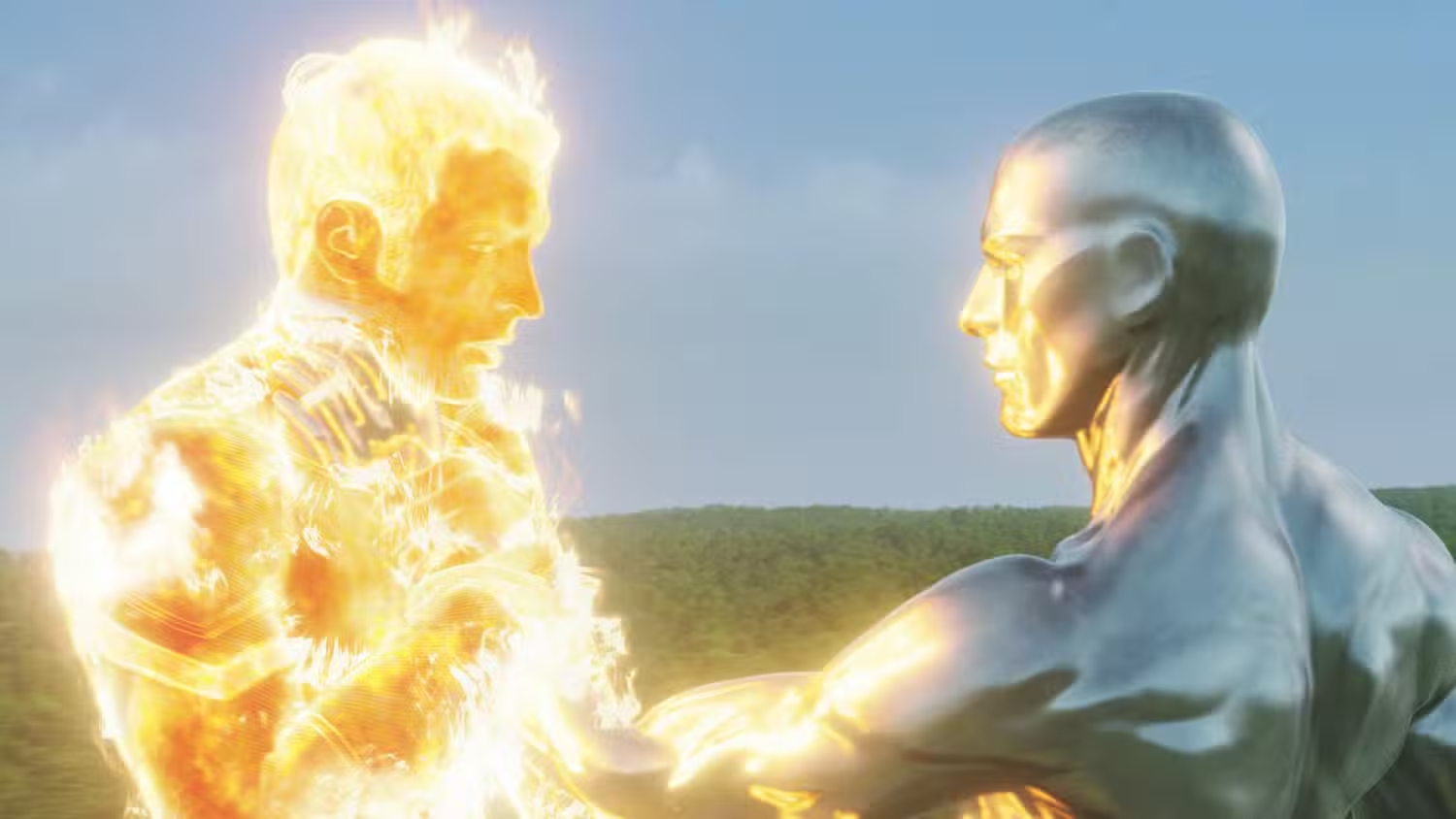
Legacy and Why It Still Matters
Though Rise of the Silver Surfer didn’t get a follow-up, its legacy has only grown. The film’s depiction of the Surfer remains a touchstone for fans, establishing narrative and visual benchmarks for future cosmic stories in the Marvel Cinematic Universe. It’s particularly notable that subsequent cinematic interpretations, including Julia Garner’s reinvention of the character in "The Fantastic Four: First Steps," still draw inspiration from the choices made here.
Personal Reflection: Why The Surfer Stands Out
As a film and comic book fan, what’s unforgettable about Fantastic Four: Rise of the Silver Surfer is its willingness to explore moral complexity in a PG-rated superhero movie. Whether through the Surfer’s tragic nobility, the Four’s relatable flaws, or the movie’s cosmic vistas, this Marvel outing captured a unique balance of spectacle and heart. Its influence can be seen in the increasing nuance and ambition of modern superhero blockbusters—from Avengers to Guardians of the Galaxy.
A Missed Opportunity, but a Lasting Contribution
The movie’s ending, dangling a tantalizing sequel that never materialized, leaves viewers with a bittersweet sense of what could have been. Yet, the film’s accomplishments—particularly its nuanced, empathetic rendering of the Silver Surfer—ensure its enduring place in superhero movie history.
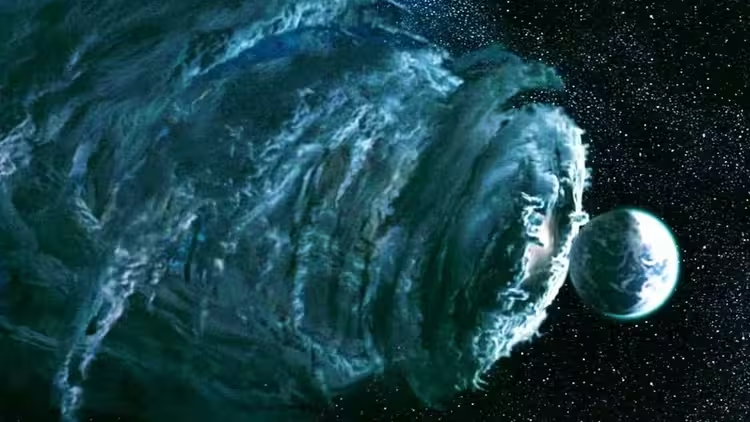
Final Thoughts: Cosmic Ambitions, Human Stories
Ultimately, Fantastic Four: Rise of the Silver Surfer is more than just a stepping stone in the Marvel movie timeline. It is a testament to the power of character-driven storytelling, even amid the largest of cosmic threats. Its daring approach and unforgettable performances are well worth revisiting for fans of science fiction, superhero films, and cinema as a whole.
Source: collider

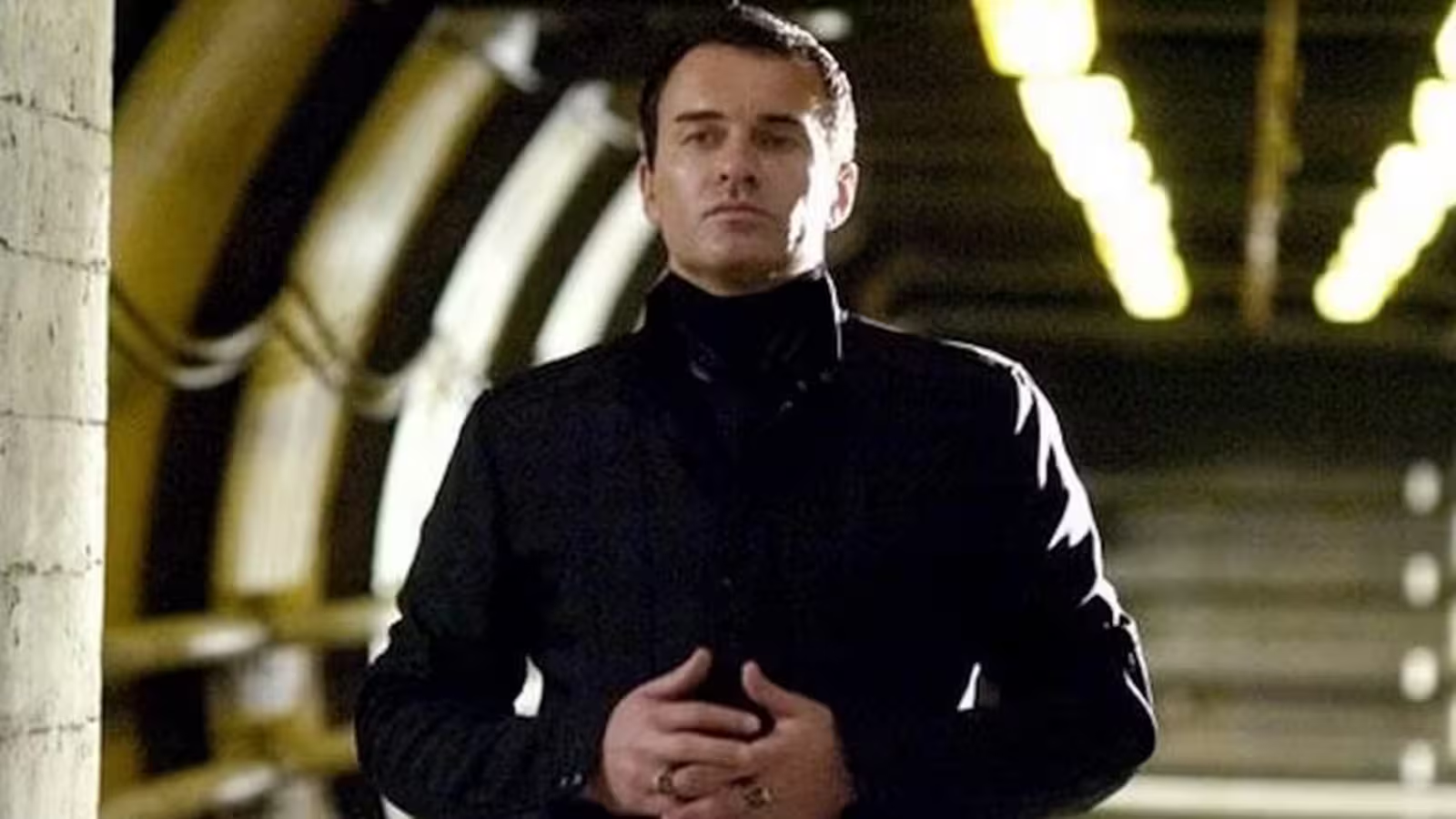
Leave a Comment